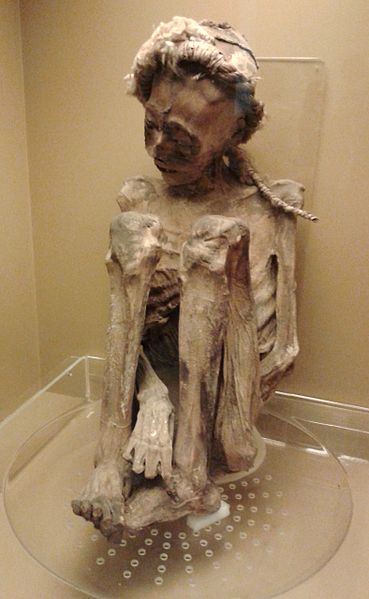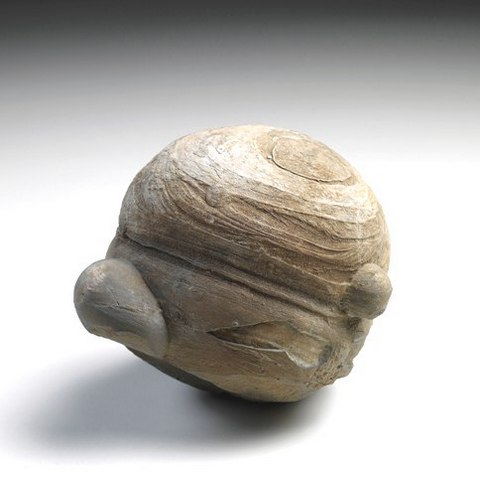natstephen
natstephen's JournalWhat did the world lose in the National Museum of Brazil fire?
Founded in 1818, the National Museum in Rio de Janeiro is Brazil's oldest scientific institution. It had a vast collection with more than 20 million objects, one of the largest collections of natural history and anthropological artifacts in the world, encompassing some of the most important material records regarding natural science and anthropology in the Americas.
Here are some pieces that were destroyed in the 2018 fire:
EGYPTIAN ART (~750 pieces)

Sarcophagus and mummy of Sha-Amun-en-su. Third Intermediate Period, 23rd Dynasty, c.?750 BC. Offered to the Brazilian emperor Peter II as a gift during his second trip to Egypt, in 1876, by the Khedive Isma'il Pasha, the sarcophagus was distinguished for its rarity, since it was one of few examples worldwide that have never been opened, still preserving the mummy of the singer in its interior. Four complete Egyptian sarcophagus of the museum collection were incinerated in the fire.

Egyptian mummy (Princess Kherima) - Roman Period, 1st–3rd centuries AD. Considered extremely rare for the preparatory technique used, of which there are only eight similar examples worldwide. Called "princess of the Sun" or "princess Kherima", the mummy had her members and fingers of the hands and feet individually swaddled and is richly adorned, with painted strips. All the 8 Egyptian human mummies of the museum were destroyed in the fire.

Stele of Raia, New Kingdom, XIX Dynasty, c.?1300–1200 BC. This stele is graved with titles of Semitic origins present in the Bible and in the tablets of Mari. It is the closest to a Rosetta Stone we had in Americas.
GRECO-ROMAN ART (~700 pieces)

Two frescos from the Temple of Isis, in Pompeii, representing a sea dragon and a dolphin, 1st century AD (Fourth Style).

Kore statue, sculpted in marble. Greek civilization, c.?5th century BC. This was the only Koré statuette preserved in Latin American collections.

Campanian krater of red figures, 4th century B.C.
PRE-COLUMBIAN ART

Prehistoric mummy of a man, from Chiu-chiu, Atacama Desert, Northern Chile. The National Museum had 8 prehistoric Andean mummies, all of them destroyed in the fire.

Inca Aryballos vase, 1430-1532.

Moche Double Vessel

Ceramic Vessel of the Santarém Culture, Northern Brazil.
AFRICAN ART

Throne of the historic African Kingdom of Dahomey, 18th century.

Maks of the female secret society Gelede, Yorubá Culture

A Chokwa haircomb
NATIVE-AMERICAN ART

Monkey Mask, Tikuna People, 18th century or earlier.

Litxocô Statue, Karajá culture.
PACIFIC CULTURES

Royal Mantle Ohyeen, from the ancient Kingdom of Hawaii.

Small totem, New Guinea
ANTHROPOLOGY

Skull of "Luzia", the oldest human skeleton ever found in Americas (c. 12.000 years old).

A Brazilian titanossaurus

A Brazilian pterossaurus

A plant fossil

A concretion from Antarctica
Profile Information
Member since: Sun Jun 23, 2019, 02:24 PMNumber of posts: 12